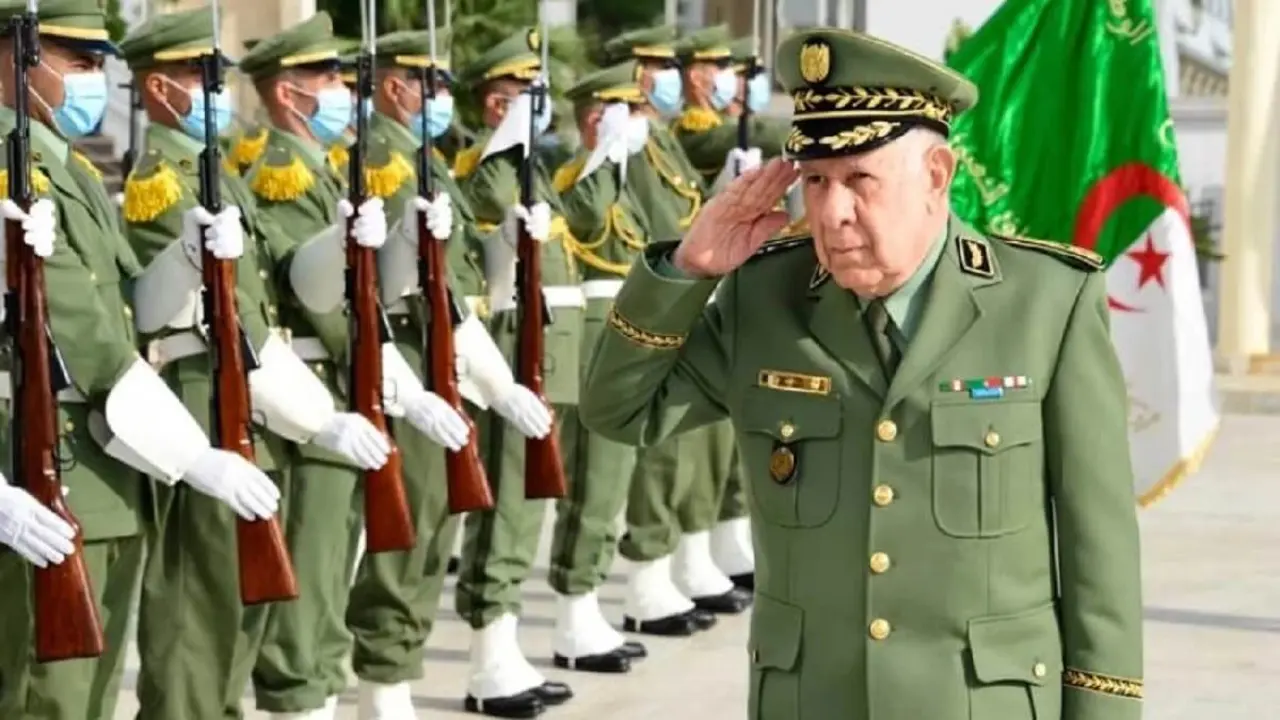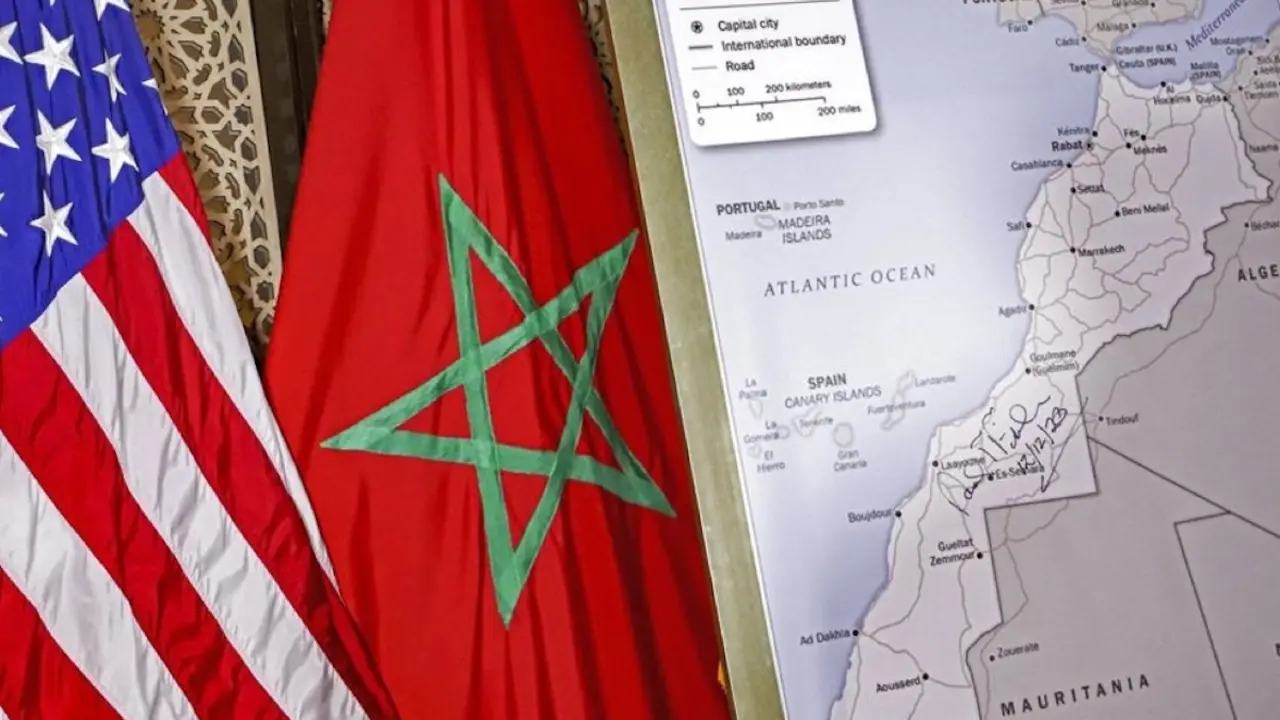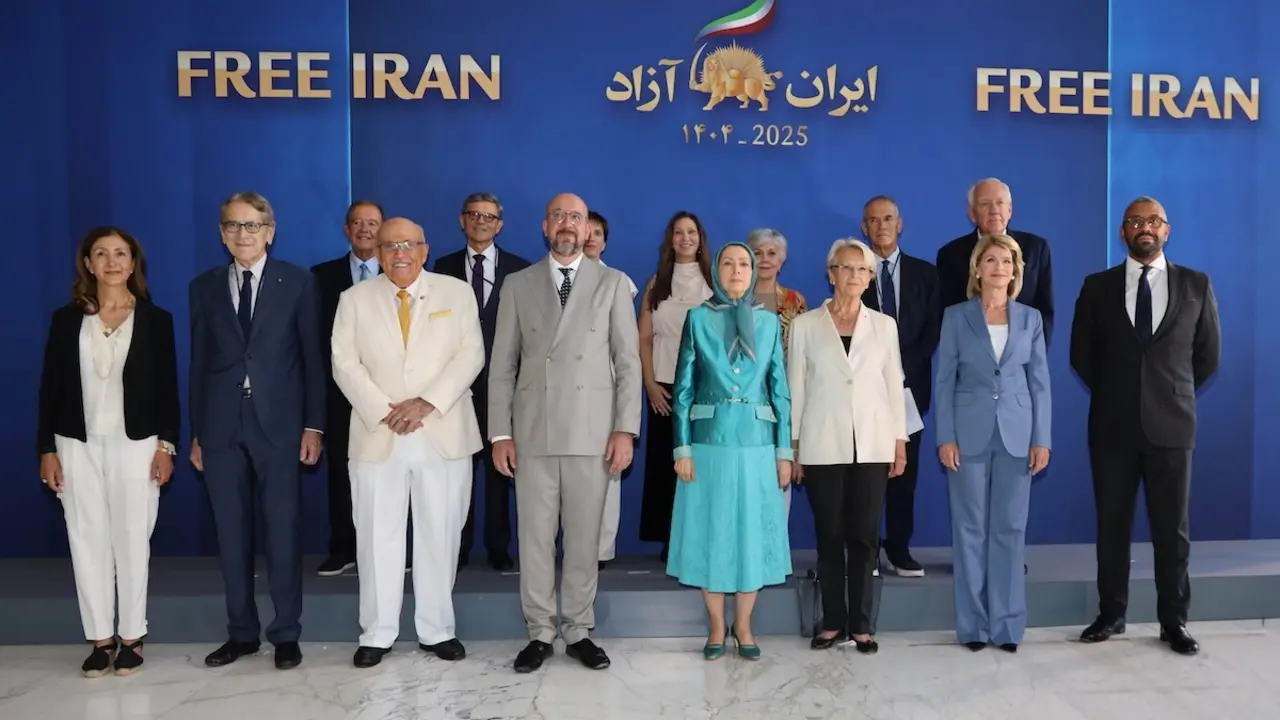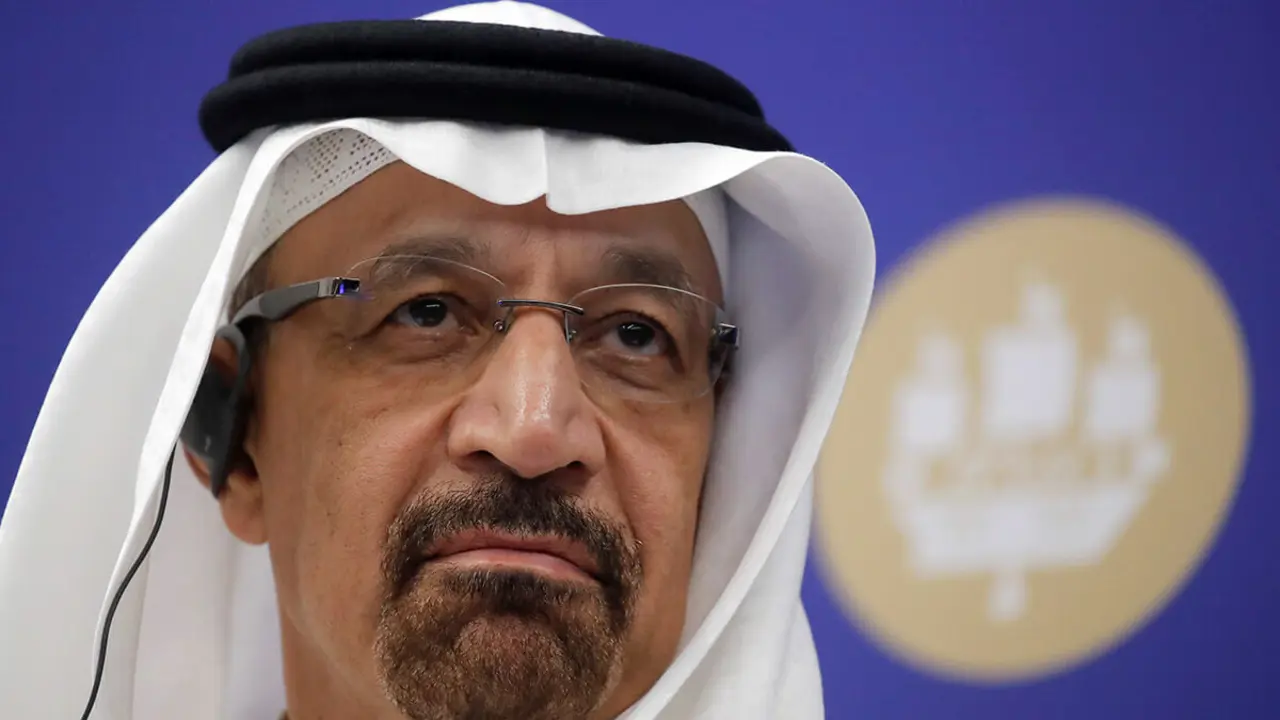Taliban update their profile picture on Twitter
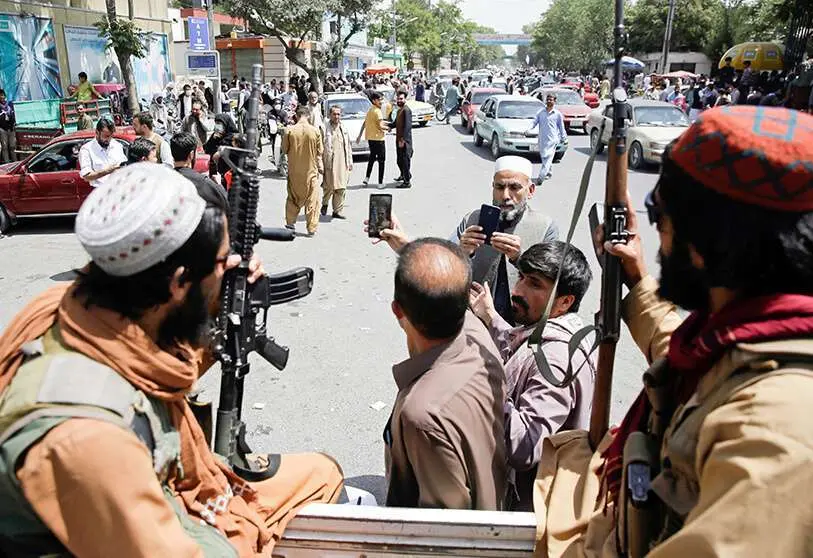
The faces of the Taliban are beginning to be revealed everywhere, with men revealing their identity as members of the Islamist ranks for the first time in 20 years, many of them vaguely known until now to international intelligence agencies.
With a message warning "New profile picture", and a biography describing them as "Taliban", more and more Twitter accounts are revealing the identity of members of the insurgent group who have been behind the keyboard for years, and who are now unabashedly revealing themselves.
The photos circulating until now were few, blurry, inaccurate and distant, collected and disseminated in "wanted" alerts by national and international intelligence agencies.
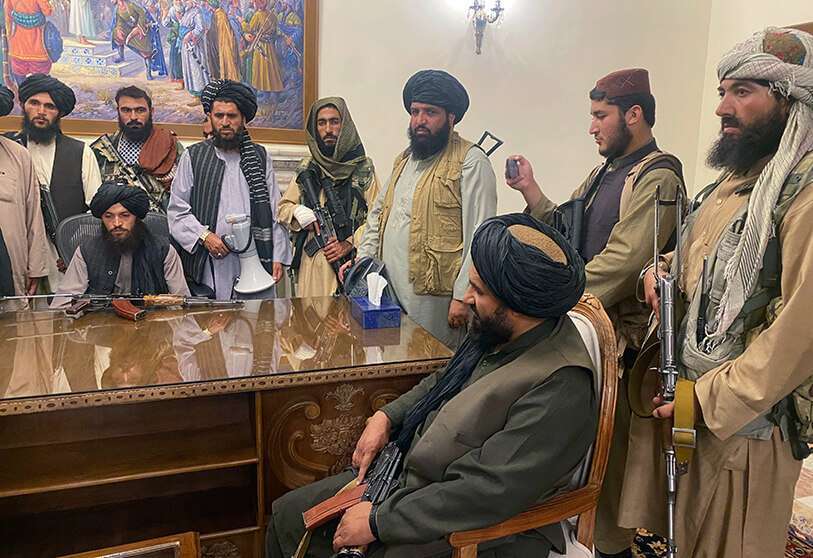
The Taliban victory and the withdrawal of foreign forces put an end to the hunt that kept the Taliban out of the photographs and cameras.
The first of these was Zabihullah Mujahid, the Taliban's chief spokesman, active on Twitter since April 2017, but whose face had not been seen until a week ago, when he appeared at the fundamentalists' first press conference after the seizure of Kabul on 15 August.
Next, Qari Yousaf Ahmadi, also a Taliban spokesman, appeared in front of the press and updated his photo on Twitter sitting next to the white flag inscribed with the Shahada, which identifies the movement.
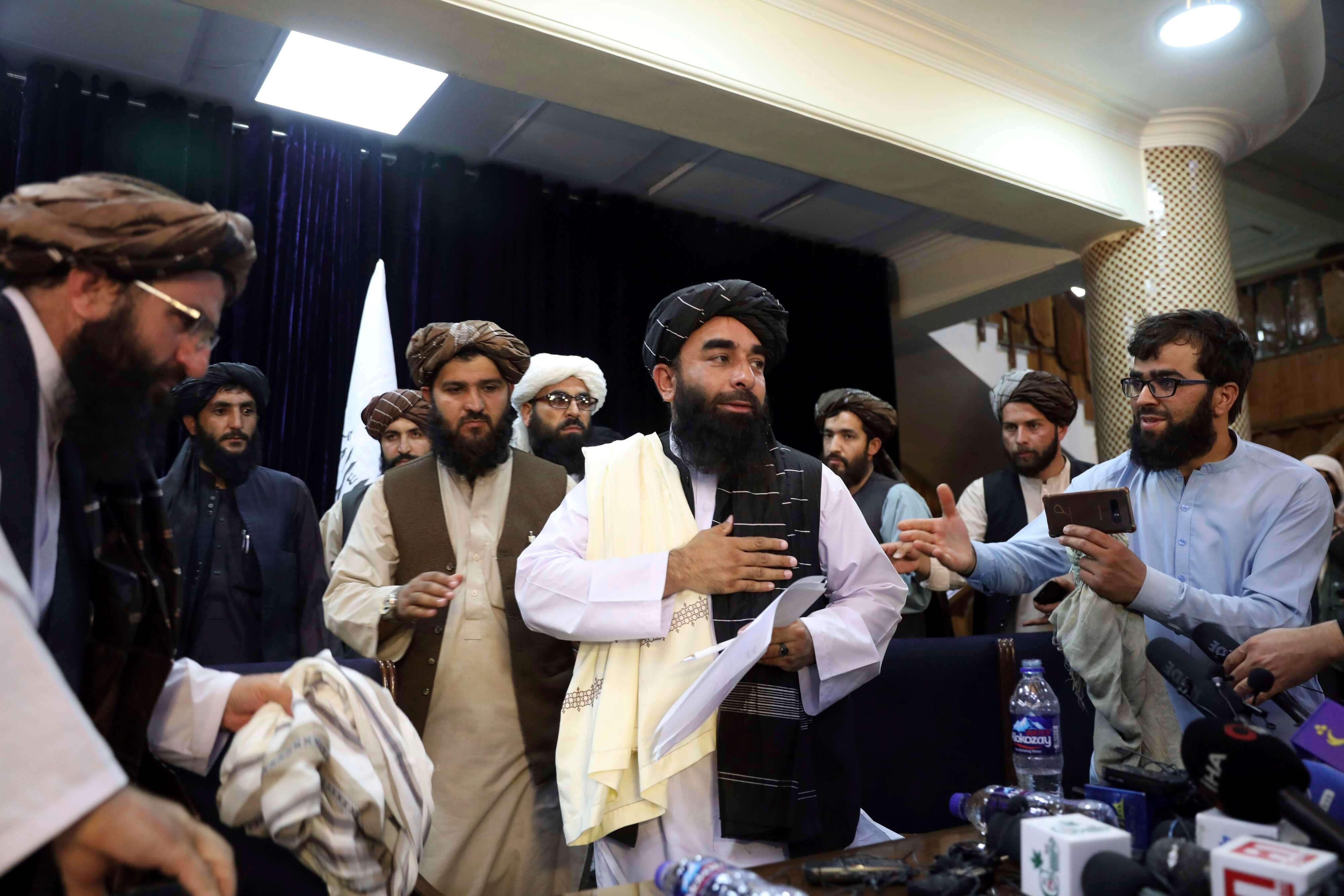
Mujahid's case is an example of how anonymity worked for the Taliban and how it now works to give the movement an identity, terrorism researcher and author of the book "The ISIS Peril", Kabir Taneja, tells Efe.
Taneja recalls studies on the role and existence of Zabihullah Mujahid, which suggested that he was an account managed by four people in different parts, but now "we see that he turned out to be a real person," he notes.
Since then, names like Ahmadullah Muttaqi, Ahmadullah Wasiq, Tariq Ghazniwal, Qari Yahya Takal, one after the other, are part of a growing group of movement members reappearing with a "new profile picture", some from comfortable offices.
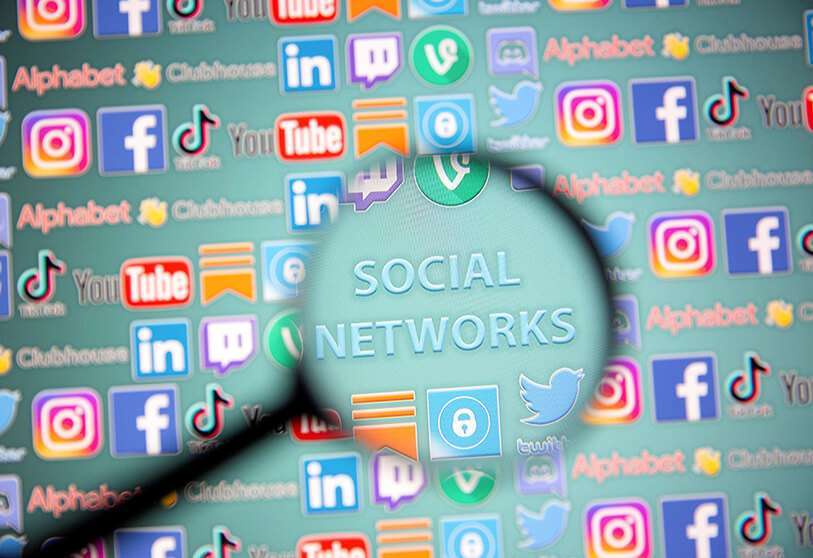
In this flowering of Islamists, we see "young Taliban creating Twitter accounts" whose "only job seems to be narrative control" on issues such as women's rights, says Taneja.
"We see a lot of these young Taliban with a new Twitter account who keep posting pictures of women walking in Kabul, women going to work in Kandahar," which, in her view, are dictating a narrative.
Twitter has become almost the only social network through which the Taliban communicate with hundreds of thousands of followers to report on the actions and intent of what they call "the Islamic Emirate of Afghanistan", a portrait of the Taliban state's vision.
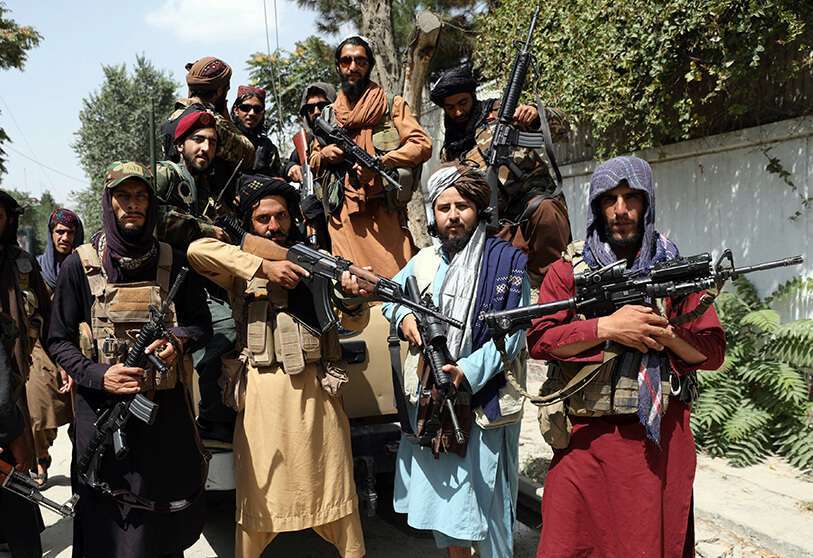
The version spread by the now keyboard fighters, with promises of unification and inclusion, is a far cry from the tales of punishment, murder, and beatings for which they are remembered and which terrify tens of thousands of Afghans trying to flee the country.
"There is a huge information design around the Taliban narrative at the moment," says the terrorism expert, while cautioning that this does not mean that what is really going on in Kabul is known.
As we see more postings and messages from insurgents, we also see the presence of activists, politicians, journalists, and critics of the movement on social media diminishing.
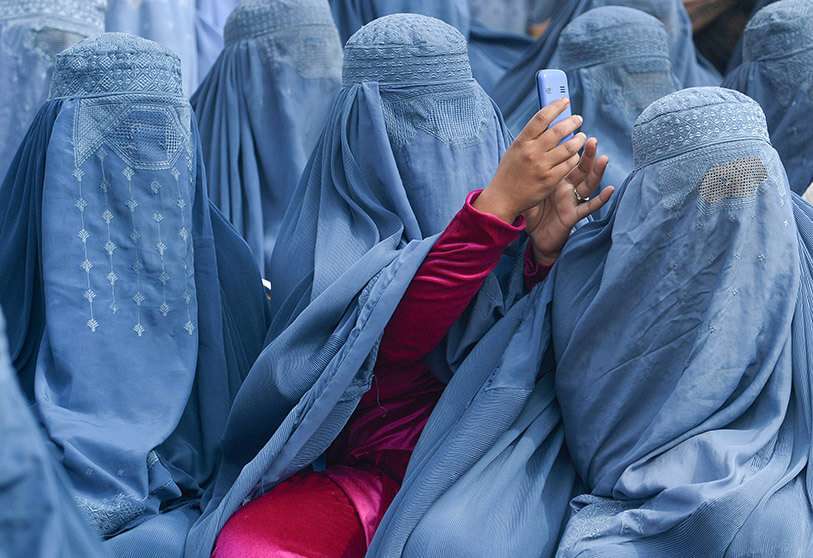
The megaphone that Twitter has become for the Taliban has also hinted at an apparent absence of policies on the use of the platform by radical groups, while other networks such as Facebook and Instagram maintain bans on insurgents.
"We will continue to proactively enforce our rules and review content that may violate Twitter's rules, specifically policies against glorification of violence, manipulation of the platform and 'spam'," Twitter said recently in a statement.
For Taneja in this situation, "the issue is not what content is online, but what is the policy of the big tech companies against these groups".

"The Taliban are not a terrorist group proscribed by the US, so perhaps this company takes that prerogative to allow them to use this platform to disseminate information," he deduces.
This permissiveness, however, contrasts with the block imposed a year ago on former US president Donald Trump following the scenes of violence that took over the Capitol with his defeat.
Photos and videos circulating on the web also show the reappearance of Khalil Haqqani, a senior member of the feared Haqqani Network, designated by the US Treasury Department as a "special global terrorist", for whom a million-dollar bounty is being placed.

But there are still many Taliban leaders who remain in hiding and are expected to appear, including Sirajuddin Haqqani, head of the network founded by his father Jalaluddin Haqqani, of whom there are virtually no photographs.
The movement on social networks and in the media may suggest that, unlike "the Taliban of the 1990s, who had no desire to normalise the relationship with the world, these Taliban seem to have such a desire", the expert concludes.


